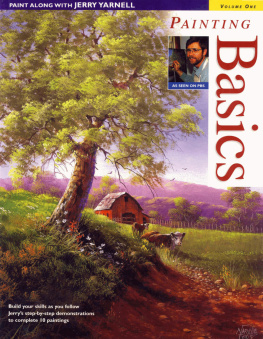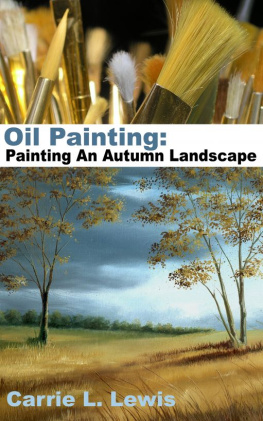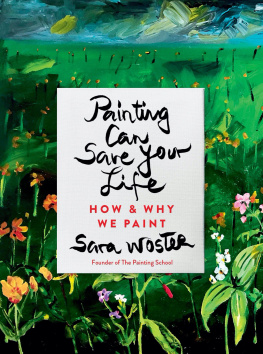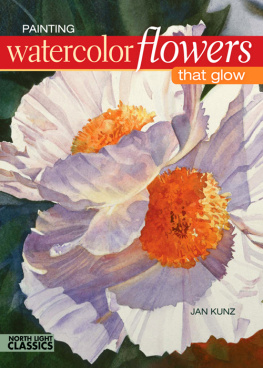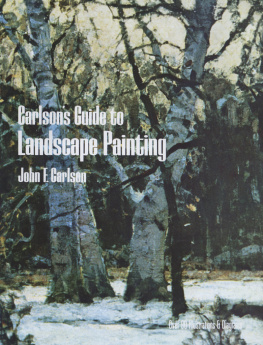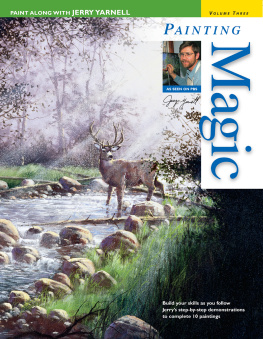PAINT ALONG WITH JERRY YARNELL VOLUME ONE
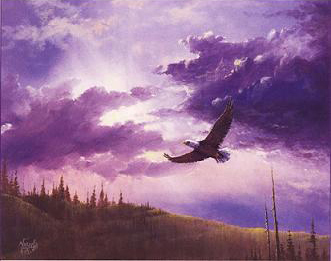
PAINTING
Basics

www.atistsnetwork.com
DEDICATION
It was not difficult to know to whom to dedicate this book. I give God all the praise and glory for my success. He blessed me with the gift of painting and the ability to share this gift with people around the world. He has blessed me with a new life after a very close brush with death. I am here today and able to share all of this with each of you because we have a kind, loving and gracious God. Thank you, God, for all you have done.
Also to my wonderful wife Joan, who has sacrificed and patiently endured the hardships of an artist's life. I know she must love me or she would not still be with me. I love you sweetheart and thank you. Lastly, to my two sons, Justin and Joshua: You both are a true joy in my life.
Contents

PROJECT ONE
Church in the Wildwood

PROJECT TWO
High Country Majesty
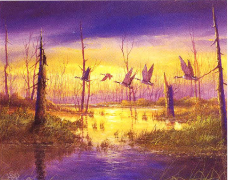
PROJECT THREE
Evening Flight
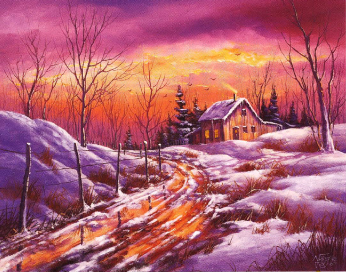
PROJECT FOUR
Winter Delight

PROJECT FIVE
Autumn Memories

PROJECT SIX
The Shrimper
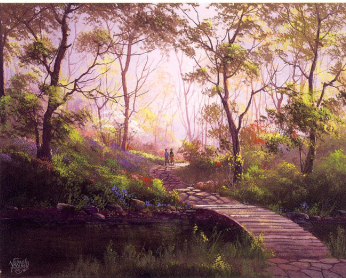
PROJECT SEVEN
The Pathway
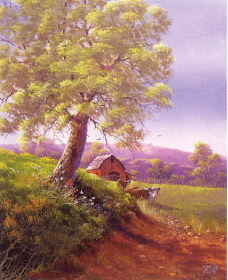
PROJECT EIGHT
Evening Shade
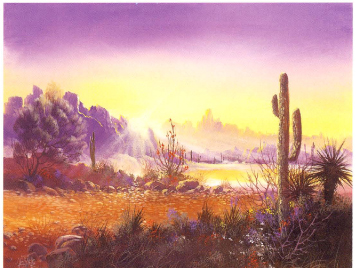
PROJECT NINE
Desert Glory

PROJECT TEN
Flying High

High Country Majesty
20 16 (50.8cm 40.6cm)
Introduction
Welcome to the wonderful world of acrylic painting. I am Jerry Yarnell and I will be your guide on this truly exciting painting adventure. Many of you have been following my national PBS TV show, The Inspiration of Painting, for many years. I now have a new instructional show, The Yarnell School of Fine Art, which can be seen in most major cities across the country and in several foreign countries. This book is based on the information I teach on these shows, so it is a great companion and guide to the instructional videos that you may already have. In this book I try to reach the beginner to the semi-intermediate student. The ten painting projects in this book will give you an in-depth study of different subjects, including techniques, applications, color mixing, composition, value studies, depth perception and much more. It does not matter if you are a beginner, an intermediate or even an advanced artist. These painting projects will surely inspire you to bring out the true artist that may be hidden in you. Painting is not only a great hobby, it is wonderful therapy to help us relax in this fast-paced push-button world. Also, keep in mind that while this book is very detailed in explaining different aspects of acrylic painting, I also have a toll-free you can call for additional technical support.
All the paintings in this book are designed as instructional paintings, and I hope each individual painting turns out to be a great success for you. Painting is a lifetime of learning, and all of the techniques and procedures you learn will truly enrich your life as an artist. Remember that you are the artist, so feel free to use your artistic license to make any changes you wish to help fulfill your artistic desires. My main goal in writing this book is to give you a good technical understanding of the painting process. So grab your brushes, paints and canvas and let's begin our adventure.
Painting Terms & Techniques
Before you get started on the step-by-step instructions on the following pages, it's a good idea to familiarize yourself with some of the terms, techniques and procedures that will be used. Take a few moments and study the following section. It will make your painting experience much more enjoyable.
COLOR COMPLEMENTS
Complements of colors are used to create color balance in painting. They are always opposite each other on the color wheel. It takes practice to understand the use of complements, but a good rule of thumb is to remember that whatever predominant color you have in your painting, use its complement or a form of its complement to highlight, accent or gray that color. For example, if your painting has a lot of green in it, the complement of green is red or a form of red, such as orange, red-orange or yellow-orange. If you have a lot of blue in your painting, the complement to blue is orange or a form of orange, such as yellow-orange or red-orange. The complement to yellow is purple or a form of purple. Each complement varies depending on which colors you use. It would be a good idea to pick up a simple color wheel at your local art store and familiarize yourself with all the different complements.
DABBING
Dabbing is mostly used to create leaves, ground cover, flowers, etc. You use a bristle brush and dab it on your table or palette to spread out the ends of the bristles like a fan. Then you load the brush with an appropriate color and gently dab on that color to create the desired effect. (See above example.)
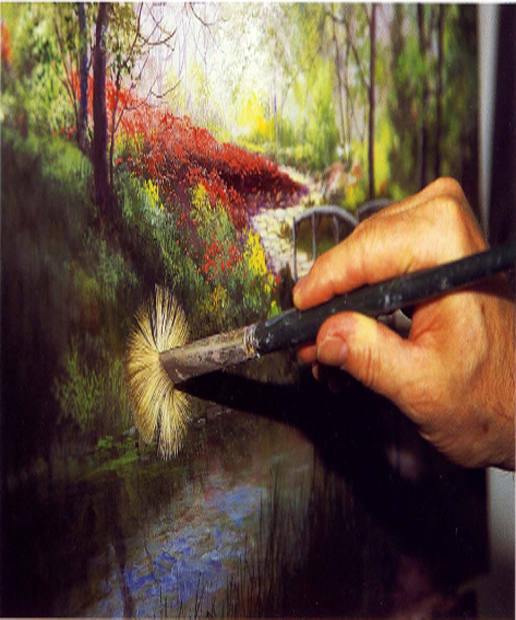
To prepare your bristle brush for dabbing, spread out the end of the bristles like a fan.
DOUBLE LOAD OR TRIPLE LOAD

